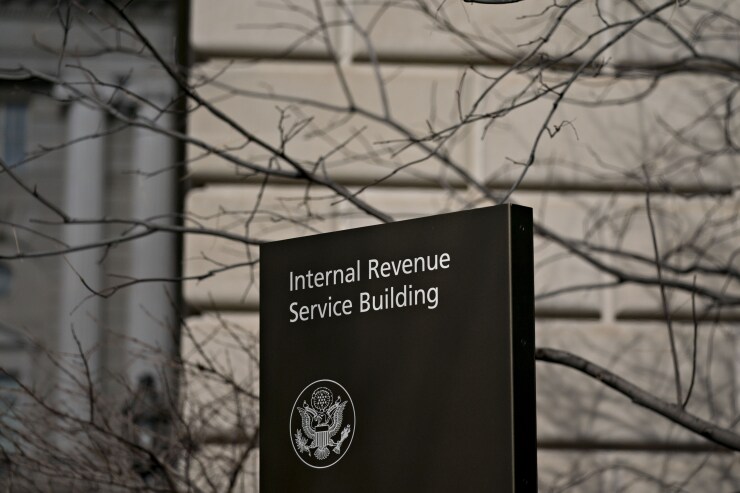The Internal Revenue Service unveiled an enhanced
The new Tax Withholding Estimator incorporates the changes from the recently revamped
The IRS is encouraging taxpayers to find out if they need to adjust their withholding by using the Tax Withholding Estimator to do a Paycheck Checkup. If an adjustment is needed, the Tax Withholding Estimator offers recommendations on how to fill out their employer’s online Form W-4 or provides the PDF form with key parts filled out.

To assist workers with more effectively adjusting their withholding, the enhanced Tax Withholding Estimator offers a customized refund slider that enables taxpayers to select the tax refund amount they prefer from a range of different refund amounts. The exact refund range shown is customized based on the tax information entered by that user.
Based on the refund amount selected, the Tax Withholding Estimator will give the worker specific recommendations on how to fill out their W-4. The new feature permits users who prefer either larger refunds at the end of the year or more money on their paychecks throughout the year to have just the right amount withheld to meet their preference.
The new Tax Withholding Estimator also offers a number of other improvements over last year’s version, including one enabling anybody who anticipates receiving a bonus from their employer to indicate whether tax will be withheld. On top of that, improvements added last summer by the IRS continue to be available in the latest version of the app, including mobile-friendly design, handling of pension income, Social Security benefits and self-employment tax.
The Tax Cuts and Jobs Act of 2017 eliminated a host of traditional features of the Tax Code, including the personal and dependent exemptions that had long been the key ways that employees were filling out their W-4 forms. The IRS was slow to revise the W-4 form after some early draft versions of the W-4 prompted complaints that it was asking for too much information, such as about a spouse’s income. The IRS finally released a new W-4 form last month (listen to our podcast episode
The changes may be even more dramatic this year. Starting in 2020, the IRS noted, income tax withholding is no longer based on an employee’s marital status and withholding allowances, tied to the value of the personal exemption. Instead, income tax withholding is typically going to be based on the worker’s expected filing status and standard deduction for the year. In addition, workers can choose to have itemized deductions, the Child Tax Credit and other tax benefits reflected in their withholding for the year.
The IRS stressed the importance of people who have more than one job at a time (including families in which both spouses work) to adjust their withholding to avoid having too little money in taxes withheld from their paychecks. The revamped Tax Withholding Estimator promises to provide a more accurate way to do this. As in the past, employees can also opt to have their employer withhold an extra flat-dollar amount each pay period to cover, for example, the income they receive from a gig economy side job, self-employment income, or other sources that aren’t subject to withholding.





